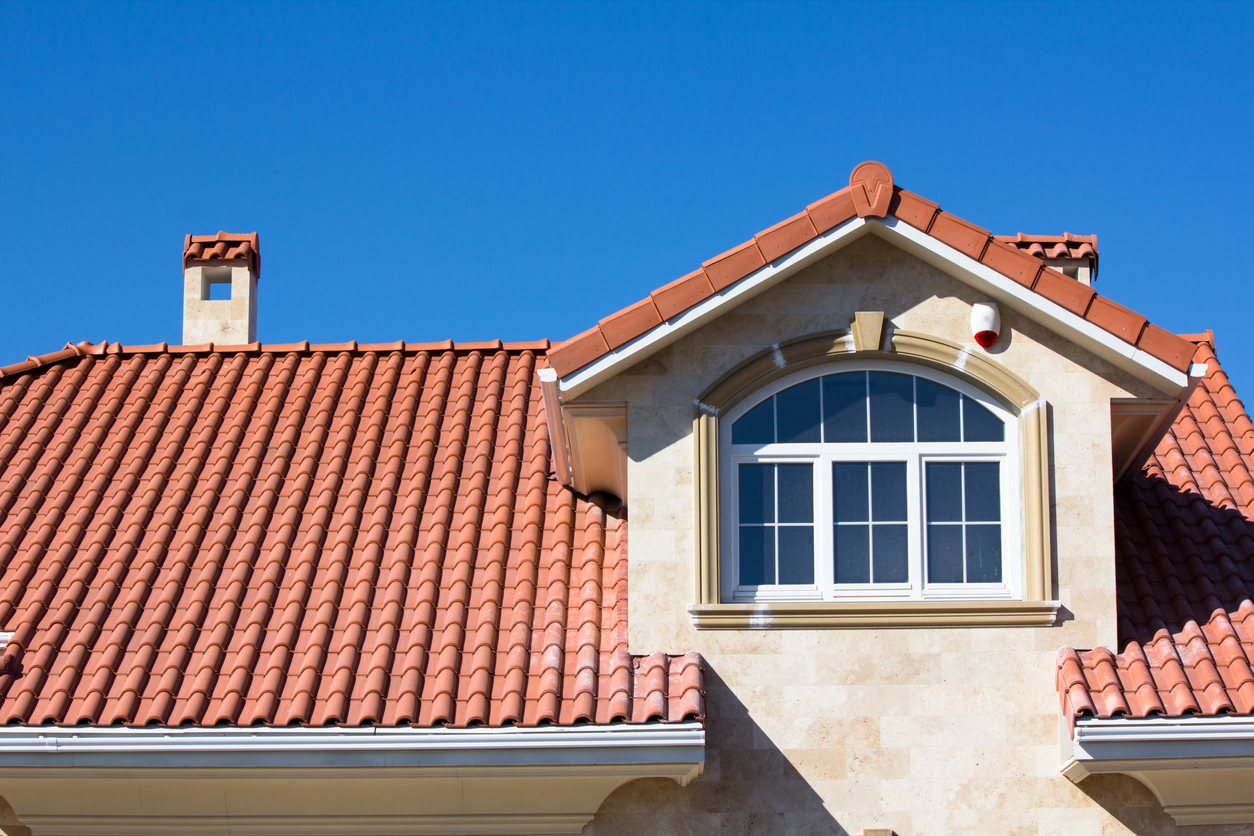The type of roof you have will impact your entire house, and not just by keeping the rain off your head and out of your home. There are many different types of roofing materials to choose from, each with its own pros and cons. But how do you know which will work best for your home in particular?
Common Options for Roofing Materials
Here’s a look at the materials you can use to cover your roof, along with some pros and cons of each.
Composition Shingles
Composition asphalt shingles are one of the most popular choices for two simple reasons: they’re cheap and they’re durable. There are dozens of brands available to choose from, and they come in a huge variety of colors and styles. Composition shingles are made by soaking felt or fiberglass mat in asphalt and adding crushed rock or ceramic on top to protect the mat. You can walk on composition shingles without damaging them, and they’re also fire-resistant and easy to install. On the downside, they tend to blow off more easily than other roofing options.
Metal
If you want something that’s low-maintenance, durable and can be installed over your existing roofing material, a metal roof might be for you. Metal is also a wise choice for environmental reasons, as metal roofs reflect heat away from your home, reducing energy use and driving down cooling bills by up to 20% during the summer. This isn’t something you can install yourself, however, and even before labor costs are figured into the amount, metal roofing is considerably more expensive than asphalt shingles. On the other hand, it’s probably the lowest-maintenance roof you can install and can last 50 years or more!
Slate
Natural slate has a big advantage: if treated properly, a slate roof will outlast the house it’s sitting on! It’s also fireproof and will never rot. On the downside, it’s heavy by nature and not all roofs can support the weight of slate shingles. Slate is also very expensive.
Clay Tile
Mainly popular in the Southwest, clay tiles have the same benefits as slate: they’re long-lasting, fireproof, rotproof and low-maintenance once installed. Unfortunately, they do share some of the same drawbacks, as they’re heavy and easy to break. Clay tiles are more expensive than asphalt shingles but less expensive than slate shingles. Clay tiles can be expected to last 100 years – twice as long as concrete tiles.
Concrete Tile
Concrete tiles are a more affordable alternative to clay tiles. They can even be coated with metals, enamels or other materials for additional benefits. Concrete tile roofs cost more than asphalt shingle roofs but add value and increase longevity. Concrete might be a good choice if you don’t want composite shingles and you don’t want to pay for slate.
Wood Shakes
Cedar naturally resists insects and UV damage, and can last for up to 35 years. The traditional, upscale appearance of a wood shake roof is appealing to many homeowners. Compared to asphalt shingles, shakes are more expensive to install and require regular maintenance.
Learn More About Gutter Helmet®
For information about the various types of gutters we carry and the installation of gutter protection products for a new roofing installation, contact Gutter Helmet to find Gutter Helmet® dealers near you.

